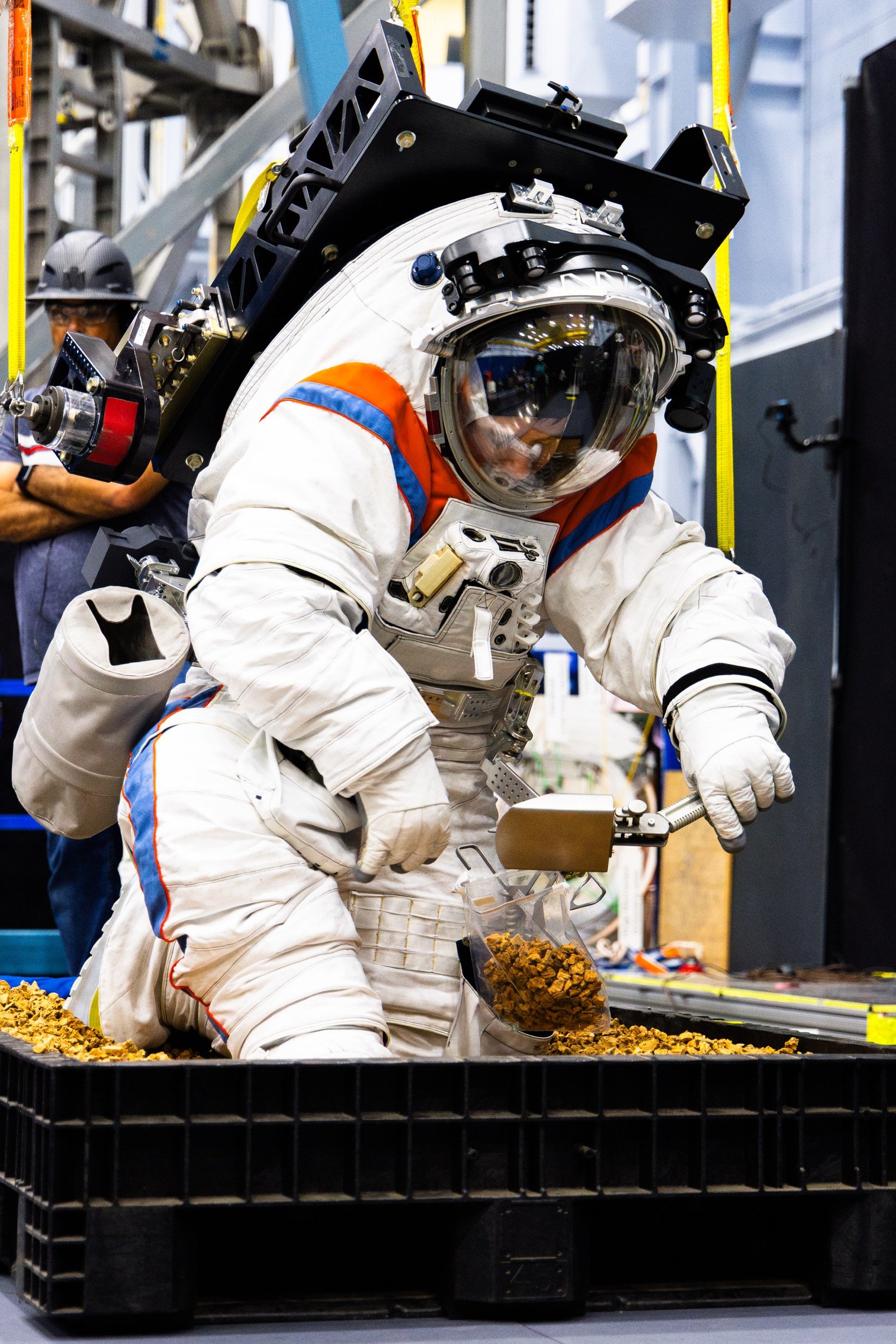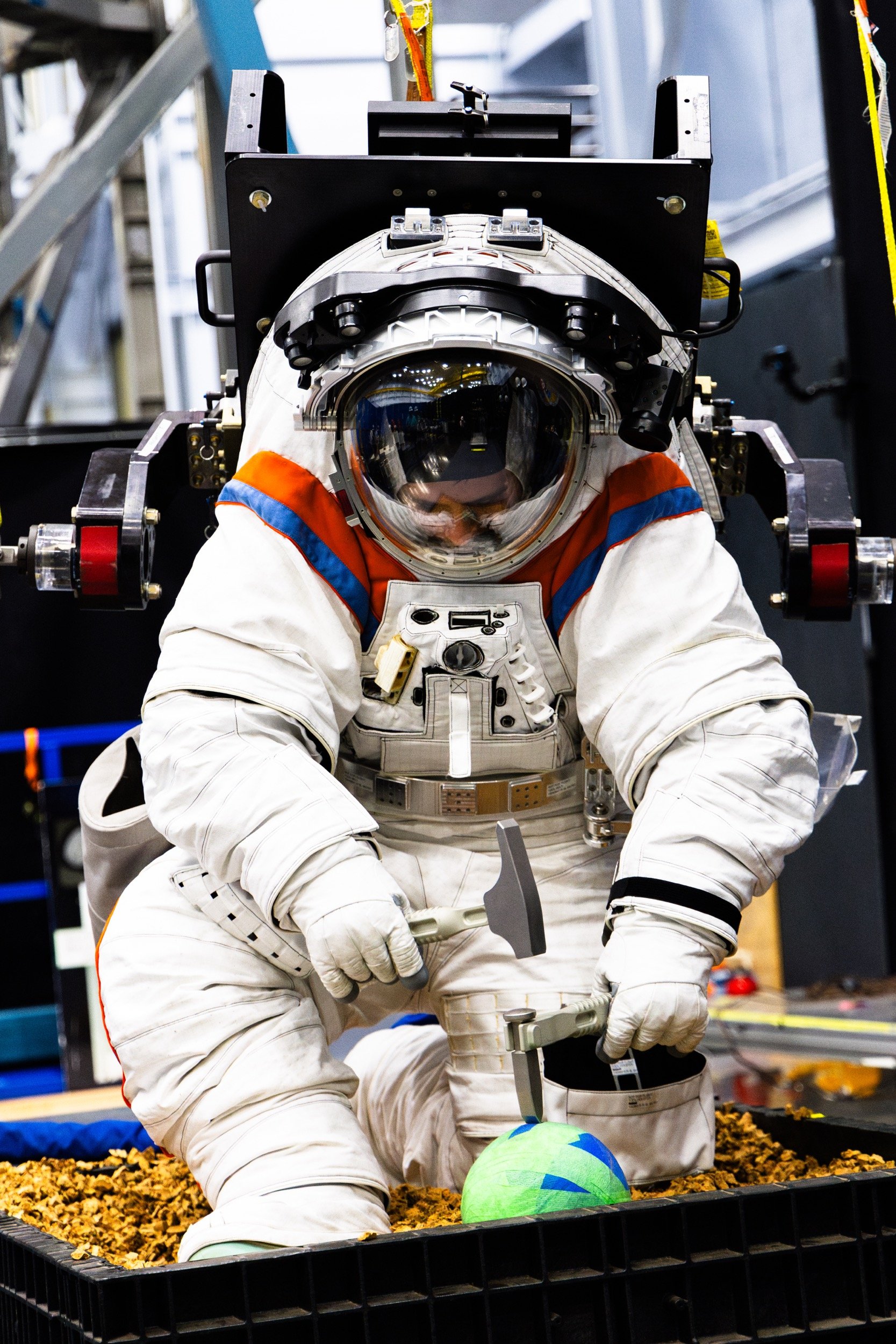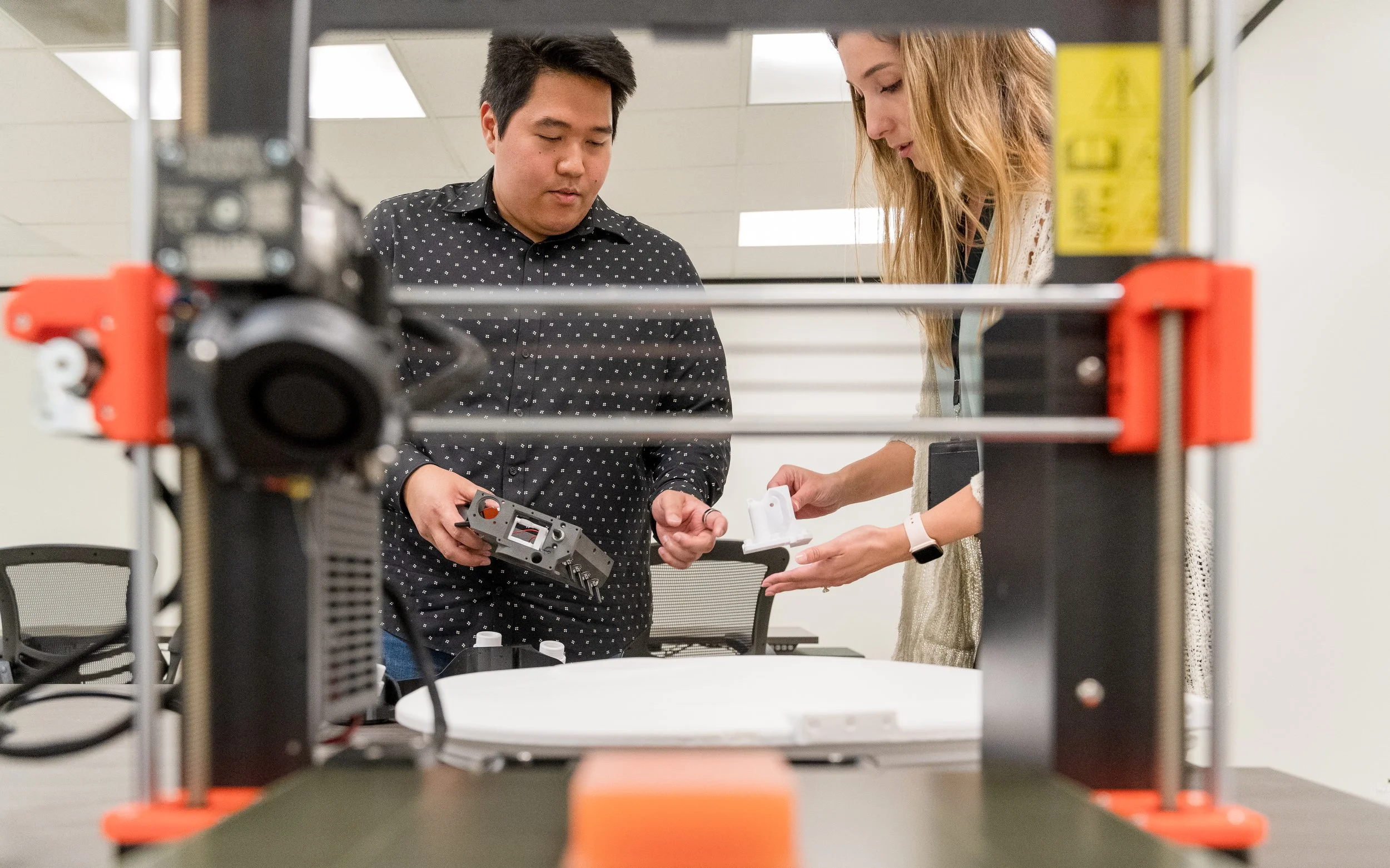Axiom Space announced today that NASA has awarded the Houston-based company an International Space Station (ISS) Extravehicular Activity (EVA) spacesuit task order, with an initial commitment of $5 million and a potential value of $142 million over four years, to modify its Artemis III lunar spacesuit design for advancing NASA’s ISS spacewalking capabilities.
This is the second spacesuit task order to be awarded to Axiom Space by NASA, the first being the $228 million task order in 2022 to develop the lunar spacesuit for the Artemis III mission back to the Moon. The new NASA task order further enables Axiom Space to take advantage of its plans to use a single, foundational architecture to complete the designs of the two spacesuits in parallel, one for the ISS and one for the lunar surface.
The Axiom Space low-Earth orbit (LEO) spacesuit effort is already underway for use on the world’s first commercial space station, Axiom Station, being designed to serve the next generation of private space explorers from around the world.
“We are excited to add our orbital spacesuits as an option for NASA,” said Mark Greeley, Axiom Space EVA Program Manager. “The team is truly humbled to be a provider of spacesuits for the NASA Artemis missions and now a developer of spacesuits for future ISS missions. Aligning our spacesuit architecture for commercial LEO, lunar, and ISS is proving to be of great benefit in terms of streamlining designs and continuing to deliver the best value to NASA, while serving our future commercial astronauts on Axiom Station by the end of the decade.”
Similar to the Artemis III spacesuit, the Axiom Space ISS suit will be built to accommodate a wide range of crew members and provide increased flexibility and specialized tools. The design includes life support systems, pressure garments, and power avionics and communication. The Axiom Space team will offer design, certification and hardware to support EVA systems training and real-time operations support to NASA, among other services.
“Imagining astronauts performing EVAs outside the ISS wearing Axiom Space spacesuits, borne from the original NASA design, would honor everyone who ever worked on the NASA suits of the past and those who are working on the NASA spacesuits of the future,” said Russell Ralston, Axiom Space EVA Deputy Program Manager.
Both spacesuit task orders awarded to Axiom Space fall under NASA’s Extravehicular Activity Services (xEVAS) contract, which enables Axiom Space to compete for contracts that will provide a full suite of capabilities for NASA’s spacewalking needs during the period of performance through 2034. The milestone-based xEVAS contract has a combined maximum potential value of $3.5 billion for all task order awards.




















